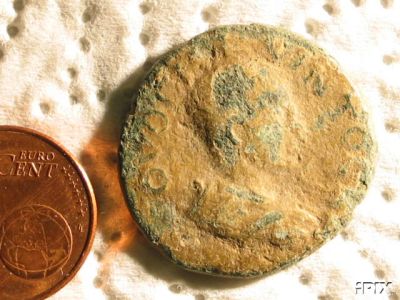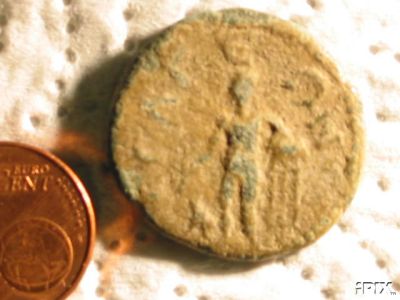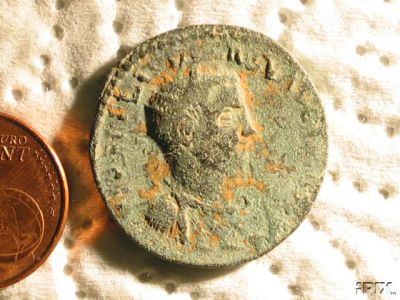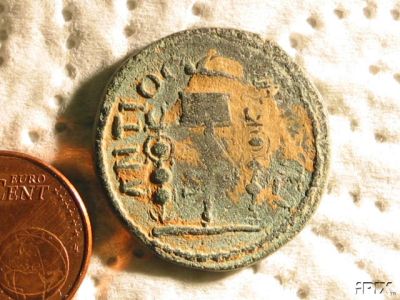
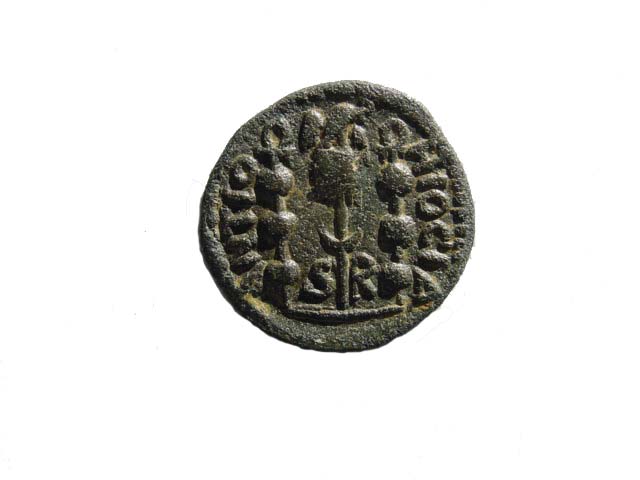
Major mints: Antiochia, Sagalassos, Selge.
Pisidia is situated in Asia Minor, inland from Pamphylia, between that district and Phrygia. It is mountainous country, and was sparsely settled before the time of Alexander. The inhabitants were resistant to conquest and civilization alike, and not until Roman times was order imposed there. Two cities, Etenna and Selge, issued coins before 100 BC; 32 minted in the second century AD.
Selge, which claimed to have been founded by Spartans, and had a reputation
for being warlike, was the only large city, estimated by Strabo at 20,000
inhabitants. Its early coins used the same types as those of Aspendos,
with the wrestlers and slinger. Smaller coins had a Gorgons head and a
helmeted head of Athena as a type. Etenna, which had vanished by the time
of Strabo, probably destroyed by Amyntas of Galatia (d. 25 BC), used the
wrestlers on its obverses, but instead of a slinger it used a male figure
advancing with a crooked knife, which is probably a leather-workers knife.
This is probably connected with a founders legend, but nothing is known
about it. These two towns most likely used the types of Aspendos for purposes
of trade.
Like its Syrian namesake, it was founded by Seleucus Nicator situated on the
Sebaste road. This road left the high-road from Ephesus to the East at Apamea,
went to Iconium and then southeast through the Cilician Gates to Syria (cf.
Acts, xviii, 23). The city lay south of the Sultan Dagh, on the confines of
Pisidia, whence its name of "Antioch-towards- Pisidia" (Strabo, XII, 8).
Definitively a Roman possession since Amytas's death (25 B. C.), Augustus had
made it (6 B. C.) a colony, with a view to checking the brigands of the Taurus
mountains (II Cor., xi, 26). Beside its Roman inhabitants and older Greek and
Phrygian population, Antioch had a prosperous Jewish colony whose origin
probably went back to Antiochus the Great (223-178 B. C.) (cf. Josephus, Ant.,
XII, iii, 3 sq.), and whose influence seems to have been considerable (cf. Acts,
xiii, 45, 50; xiv, 20 sq.; Harnack, "Die Mission", etc., p. 2, note 2 and ref.).
Acts, xiii, 14-52 describes at length the sojourn of St. Paul at Antioch. The
episode, clearly important to the writer, has been justly compared to Luke, iv,
16-30; it is a kind of programme-scene where Paul's Gospel is outlined. A longer
stay of the missionaries is implied in Acts, xiii, 49. On his return from Derbe,
St. Paul revisited Antioch (Acts, xiv, 20). Two other visits seem implied in
Acts, xvi, 4, 6; xviii, 23.
---------------------------------------------------------------------------------------------------------------------------------------------------------


Pisidia, Antiochia, Volusianus 251-253, AE 22 (5.31 gr.). Obv.: radiate, draped
and cuirr. Bust Volusianus r. Rev.:
legionary eagle between two standards. BMC 134. VF.
---------------------------------------------------------------------------------------------------------------------------------------------------------
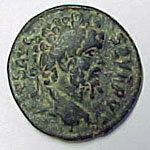
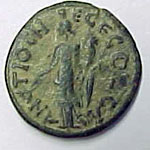
SEPTIMIUS SEVERUS AE 22, Pisidia, Antiioch, 4.93g, Krzyzanowska Av.
XXII/Rv. 36 (pl.XIII, p. 153), Rx: Pax as "Genius of the Colony" standing l.
holding branch and cornucopia, VF
--------------------------------------------------------------------------------------------------------------------------------------------------------------------
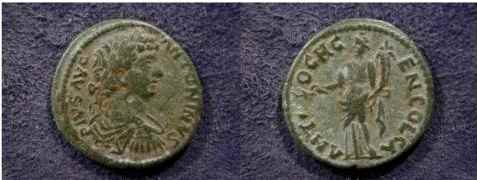
Caracalla Pisidia Antiochia ae22- 4.6gr. Ob: PIVS AVG ANTONINVS Laureate
head right. Cuirass and draped.Rv: ANTIOCH CE N COL CA (Colonia Caesareia
Antiocheia) Fortuna Woman standing left. Possibly a modius on her head
with a cornucopia in her left arm, right arm extended. SNG von Aulock 4934
--------------------------------------------------------------------------------------------------------------------------------------------------------------------
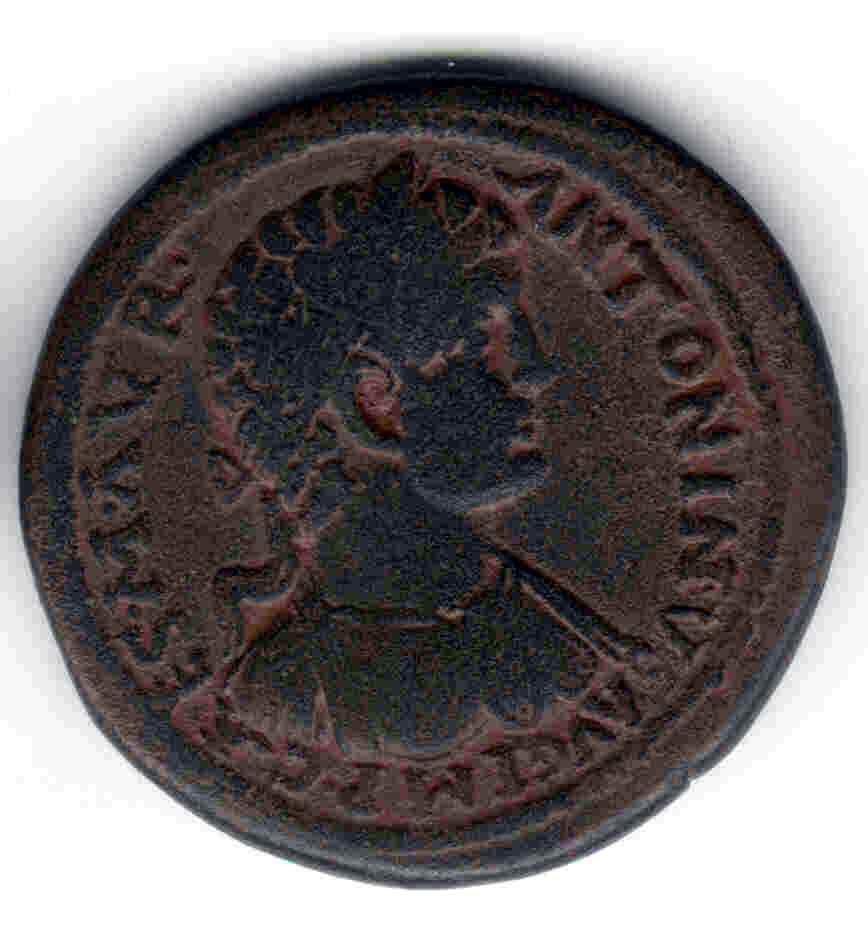
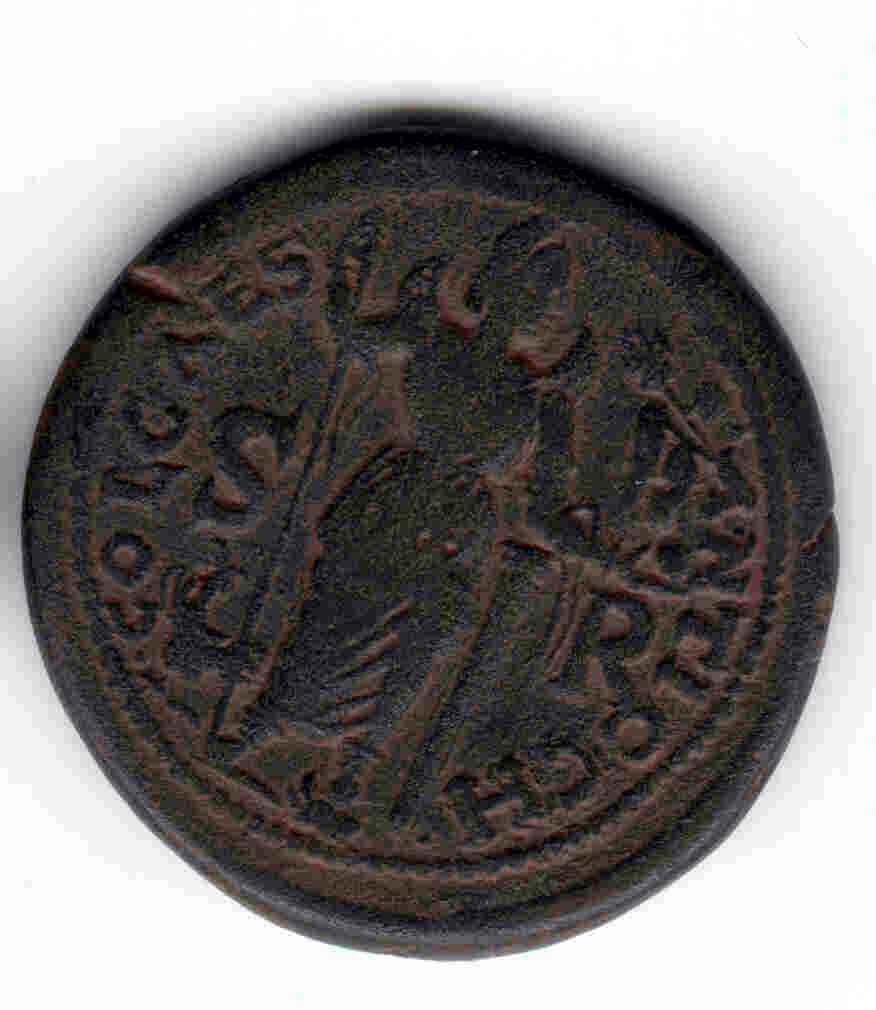
Caracalla --Pisidia, Antioch. Æ 34mm (28.52 gm). IMP CAES M AVR
ANTONINVS AVG, laureate, draped and cuirassed bust of Caracalla right /
COL CAES ANTIOCH, S R across field, Mên standing facing, head right,
holding long sceptre and Nike on globe. Krzyzanowska pl.XXII, XXVII -----------------------------------------------------------------------------------------------------------------------------------------------------------------
Pisidia, Antioch, 198-217 AD, AE 31, 25.35g. Von Aulock ????.
Caracalla laureate r, Rx: Wolf and twins S.R. Rare.
-----------------------------------------------------------------------------------------------------------------------------------------------------------------
Pisidia, Antioch. Caracalla AE. Laureate, draped, and cuirassed bust
right / Emperor on horseback right, spearing Persian. nice VF, Black patina.
-----------------------------------------------------------------------------------------------------------------------------------------------------------------
CARACALLA, AE33, 198-217AD, Pisidia, Antioch, 30.9 gm. Young adult bust/Victory advancing, Heavy
-----------------------------------------------------------------------------------------------------------------------------------------------------------------
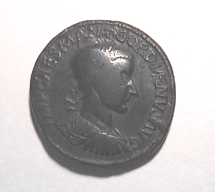
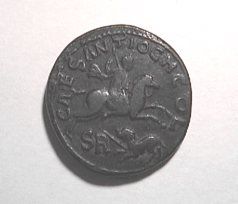
Pisidia, Antioch. Gordian III. 238-244 AD. ∆
34mm (26.37 gm). Laureate, draped, and
cuirassed bust right / Emperor on horseback right, spearing lion.
von Aulock 4956
-----------------------------------------------------------------------------------------------------------------------------------------------------------------
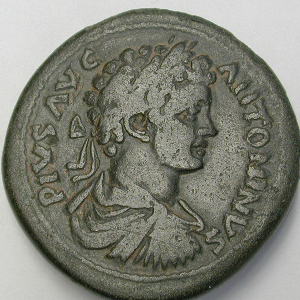
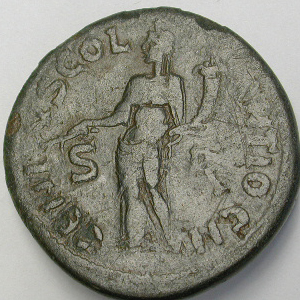
193-211 AD, AE 33, Pisidia, Antiochia, c. 203-11 AD, 21.34g. Krzyzanowska obv. XXI, rev. Sept. Sev.48 (pl. XXII, pl. XIX); BM-40 (bust var.). Obv: ANTONINVS PIVS AVG Bust laureate, draped, cuirassed r., seen from back. Rx: GENIVS COL ANTIOCH S R Goddess standing l. holding branch and cornucopia, calathos on head. Caracalla's only obverse die at Antioch with precisely this legend and bust type, known to Krzyzanowska in only two specimens, in Paris and Berlin. Three other obverse dies of Caracalla have the same legend but a laureate cuirassed bust seen from the front. Bold Fine
-----------------------------------------------------------------------------------------------------------------------------------------------------------------
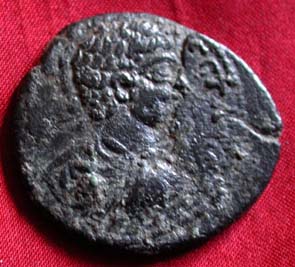
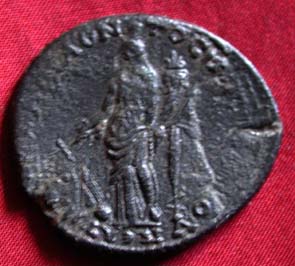
Geta AE 24 of Anitoch in Pisidia
O. Bust of Geta. R. Genius. VF.
SNGCop 49
-----------------------------------------------------------------------------------------------------------------------------------------------------------------
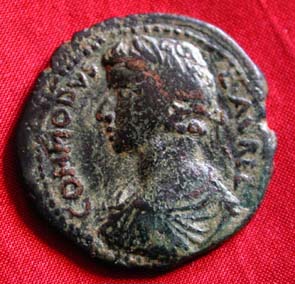
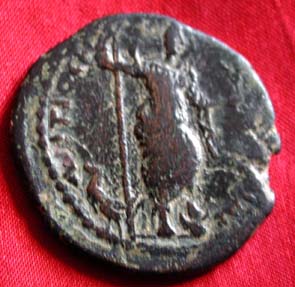
Commodus 177-192AD AE23 of Antioch in Pisidia O. Bust of Commodus. R. MÍn standing facing, head right, holding sceptre and Nike, left foot on bucranium; to left, a rooster. Fine. SNGCop 26
